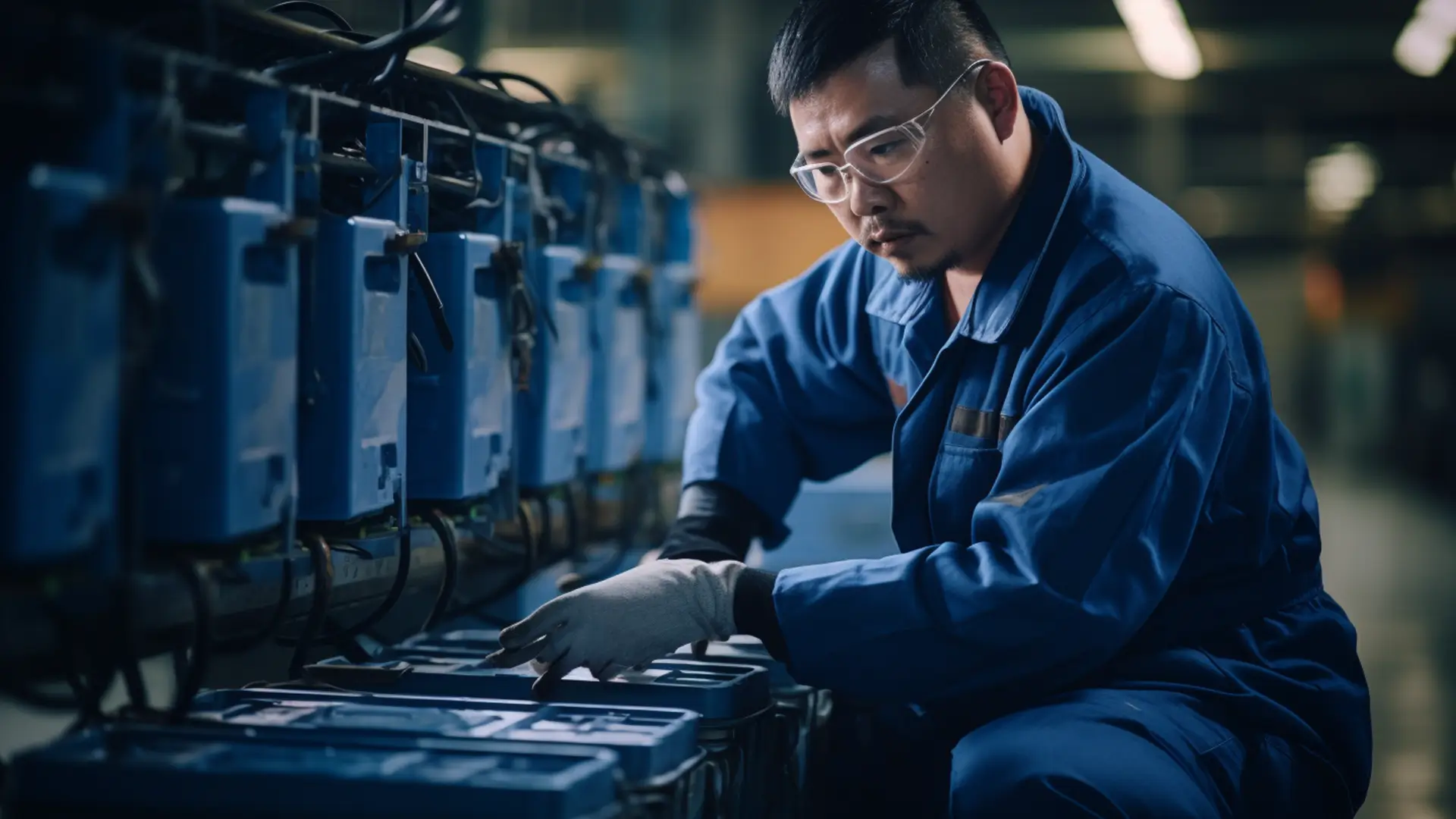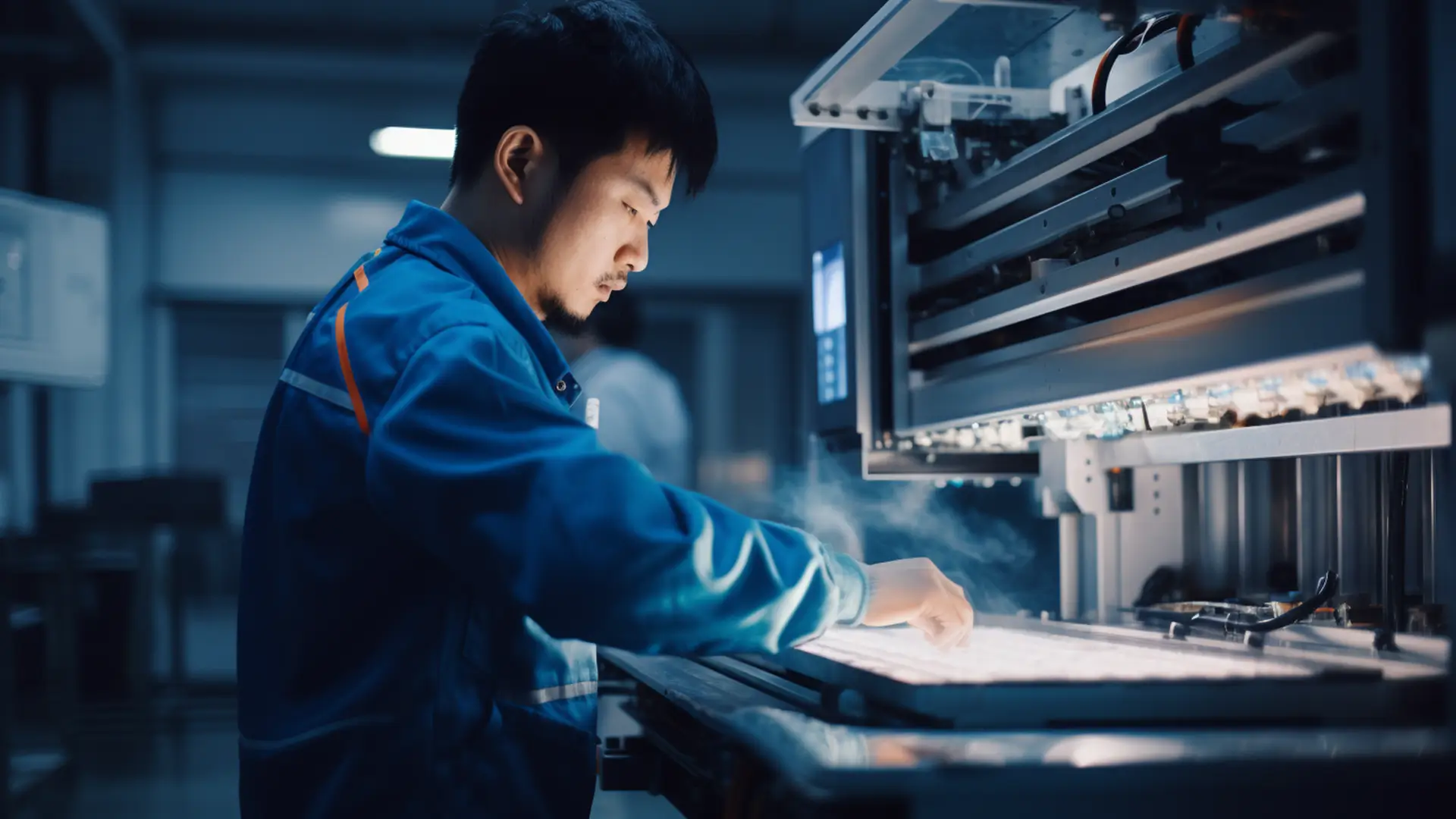Industrial 3D Printer
3D printers have been widely used in various fields, bringing great convenience to people’s lives and work. Some of these 3D printers are printing plastic toys and handicrafts, some are making mechanical parts such as bearings, and some are printing irregular dental brackets using metal materials. What is the difference between desktop 3D printers and industrial 3D printers?
1. Printing Speed
Due to cost constraints of desktop 3D printers, 16-bit and 32-bit chips are used as main control chips. It is difficult to compare with 64-bit CPUs in terms of processing speed. However, in SLA technology, the scanning speed of the former is 1M/s, and the scanning speed of the latter is 1M/s. It can reach 7M-15M/second. Therefore, industrial 3D printers are much faster than desktop 3D printers.
2. Printing Accuracy
Since there are only two FDM and SLA technologies in desktop 3D printers, from a data perspective, there is not much difference between industrial 3D printers and desktop 3D printers. The small resolution of FDM is determined by the size of the printed extrusion, which is basically between 0.3-0.6mm, and the thickness of the layer is determined by the Z-axis. Since desktop 3D printers use stepper motors, industrial-grade 3D printers use servo motors. 3D printers print high-resolution products, basically between 0.05mm–0.2mm. Higher precision and more realistic printing.
3. Printing size is an important indicator to distinguish desktop 3D printers from industrial 3D printers
Generally speaking, the larger the print size a 3D printer supports, the more expensive the printer is. If you need a 3D printer that can print the size of a microwave oven, it will cost at least $3,000. Currently, the vast majority of 3D printers on the market can only hit smaller things. Even if you want to print something the size of the bottom of an iPad, many printers can’t do it. But if you just need to print an object the size of a teacup, almost any printer on the market can do it, right?
4. Printing Reliability
The reliability of printing is usually the success rate of printing. The printing success rate is a real test of the design team’s work ability, and it is also an important indicator to distinguish between desktop and industrial-grade 3D printers. After all, industrial-grade 3D printers are used for mass production. The printing process is usually long, usually at least several hours, and the print may even fail if just one detail is not handled correctly. At this point, how accurate is the printing of other details? After all, the entire material is wasted. Now even the so-called stable desktop 3D printers in the industry have a printing success rate of only over 70%. This means that at least 30 used materials are wasted for various reasons. Users of these materials cannot recycle them and can only throw them away, so every time a print fails, it is a time-consuming and expensive matter. After all, for users, reliability is not an objective indicator and it is difficult to quantify itself. The printing success rate of industrial computers can reach 100%, which greatly improves production efficiency and reduces comprehensive costs such as manpower and time. It can print finished products in batches and has zero waste, so it is much better than desktop 3D printing.
5. Price difference
The price of a desktop 3D printer is basically the current price, which can be purchased for several thousand yuan. The lowest price for an industrial-grade 3D printer is 100,000 yuan.
6. Application areas
Industrial 3D printers are widely used in aviation, aerospace, automobile manufacturing, mold, jewelry manufacturing and other industries. Buyers are mostly concentrated in large enterprises, manufacturing subcontractors, and modeling manufacturers, while the desktop 3D printer market is more concentrated in fields such as education, manufacturing, and simple model production. Customers are mainly primary and secondary schools, makers and creative people.
7. The design and removal quality of printing brackets
Since industrial-grade 3D printers are used in actual production fields, whether the design of divisible parametric printing of printed entities has 3D printing support and the design of divisible parametric printing of printed entities are important signs to distinguish industrial machines. The effect after printing should be very visible. Controlled. Friends who use desktop 3D printers know whether it is an FDM or SLA device, because the support and the entity are indistinguishable during the printing process. The peeling of the support after printing is a very uncontrollable factor, which usually leads to peeling and destruction of the entity. In fact, industrial-grade 3D printers are usually large in size, high in precision, and high in price. Therefore, you can choose the corresponding 3D printing manufacturer to provide 3D printing services. It not only meets the printing requirements, but also saves costs.
Our company can provide customers with 3D printer sheet metal frame customization services. Welcome to inquire!
Other Posts
What are the application areas of sheet metal casings?
The wide application of sheet metal casings is due to its lightweight, high strength, easy processing and other characteristics, which can meet the needs of

Analysis of current situation and prospects of China’s energy storage battery industry in 2023
Home Analysis of current situation and prospects of China’s energy storage battery industry in 2023 In the composition of the energy storage system, the battery

Industrial 3D Printer
Home Industrial 3D Printer 3D printers have been widely used in various fields, bringing great convenience to people’s lives and work. Some of these 3D
